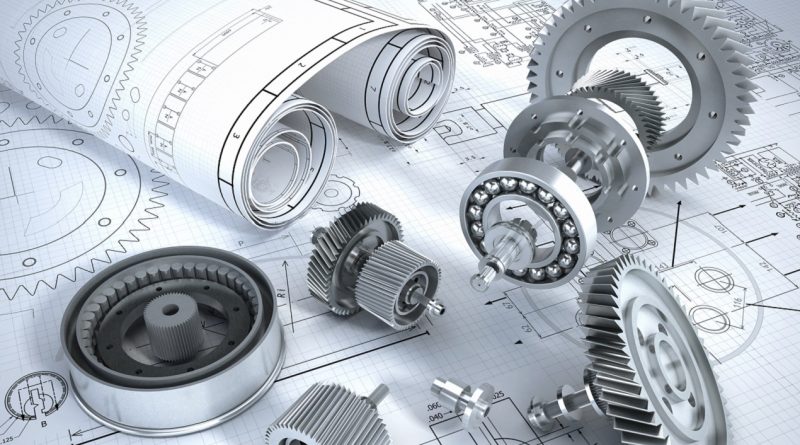What is the Ackermann Principle of Steering
You must have noticed that the two front wheels of a car turn at different angles when the vehicle is making a turn. There lies a unique mechanism behind this phenomenon: the Ackermann steering mechanism/principle. This principle controls the steering angle of the two front wheels. Now, the inside wheel must rotate on a minor radii arc than the outer wheel to ensure that a car runs smoothly. It allows a vehicle to turn. It happens when the inner wheel turns more than the outer wheel. This particular concept is known as the Ackermann steering principle.
The Ackermann Principle of Steering is used in cars, and Georg Lankensperger first discovered it. Rudolph Ackermann adopted this principle for his horse-drawn carriages. The basic idea behind this principle is that the inner wheel should steer for a more significant angle than the outer wheel. The principle ensures that the vehicle rotates around the middle point between the rear wheel axis.
The Ackermann principle is only based on geometry. So, based on the above definition, we say that if the inner wheel turns through a greater angle than the outer wheel, then both wheels can be made to track around a common centre determined solely by wheelbase (the distance between the front and rear axles of a vehicle) and radius.
Need for Ackermann Principle of Steering
The need for the Ackermann Principle is very vital. The motive of this principle is to avoid the need for tires to slip sideways when the car follows a path around a curve. So, the geometrical solution is that all the wheels have axles arranged as radii of circles with a common centre. This principle ensures that the car turns on a very smooth arc.
Ackerman’s steering principle ensures an accurate turn. Without applying this principle, it would be difficult for car manufacturers to design a vehicle that can accurately and steeply take a turn.
Purpose of the Ackerman Principle of Steering
The primary purpose of this principle is to minimize tire scrubbing while cornering by making the inner wheel turn on a tighter radius than the outer wheel. Without this, the inner tire would have too much slip angle to turn, forcing it to make way by scrubbing the tire. Scrubbing a tyre slows the car down and reduces the grip of the scrubbing tire.
Benefits of Ackermann’s principle of steering
There are several benefits of Ackermann’s principle of steering; they are:
- It prevents the slipping outward of the tire while turning the vehicle.
- The controllability of vehicles also increases by using shorter tire rods
- Ackermann’s steering principle develops the tyre toe-out, enabling them to drive through abrupt manoeuvres quickly.
Conclusion
A steering wheel and its functioning seem like a simple job, but there is a lot of science behind the function of the steering wheel. This science is the Ackermann principle of steering. This principle explains the science behind the different rear and front tire angles compared to speed while turning a vehicle.




